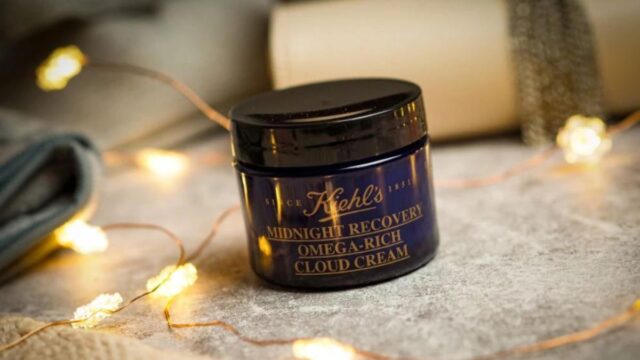The monsoon season brings its own set of challenges for skin care due to increased humidity, rainfall, and potential skin concerns. Before you know it, your dry skin type has miraculously changed to oily almost overnight or you have just noticed blackheads for the first time ever in your life! Come what may, there is usually always a solution for your monsoon skin care problems.
The Channel 46 caught up with the Head of Marketing at Kiehl’s, Priyanka Sachdeva, who discusses the skin care routine you should follow during the monsoons for overall skin health.
1. Cleansing
Start your routine with a gentle cleanser to remove dirt, excess oil, and impurities.
Start your routine with a gentle cleanser to remove dirt, excess oil, and impurities. Look for a cleanser suitable for your skin type, preferably one that is non-drying. A lot of us nurture the notion that drying skin is a good sign that the product is doing its job well – that of uprooting dirt entirely. If you think so too, you cannot be further away from the truth. In fact, it implies that the cleanser has ripped your skin of its natural oils, making it feel dry.
2. Exfoliation
Regular exfoliation is essential to remove dead skin cells and prevent clogged pores.
Regular exfoliation is essential to remove dead skin cells and prevent clogged pores. However, opt for a gentle exfoliator to avoid over-scrubbing and irritation. Use it 1-2 times a week to maintain a smooth and radiant complexion. Also, take care of the way you’re using the exfoliator. Gently scrub it all over your face in circular motions, the emphasis being on the word “gentle”. And why so? Because the particles in your exfoliator are likely to make your skin’s surface rough and remove the natural oils on your skin.
3. Toning
Use a hydrating and pH-balancing toner to help restore your skin’s natural balance after cleansing.
This is one step we often tend to overlook in our regular skin care routine of cleansing, moisturising, and applying sunscreen. Use a hydrating and pH-balancing toner to help restore your skin’s natural balance after cleansing. Look for ingredients like rose water or witch hazel, which can soothe and refresh your skin.
4. Hydration
During the monsoon, it’s important to keep your skin adequately hydrated. Choose a lightweight, water-based moisturiser that provides hydration, without feeling heavy or greasy. Look for ingredients like hyaluronic acid (HA) or glycerin, which help retain moisture. Hyaluronic acid is a humectant, which implies that it captures moisture from the air around us and makes it available to the skin’s layers. It also helps the skin retain moisture for longer.
5. Sun Protection
Even on cloudy days, UV rays can penetrate through the clouds and affect your skin. Apply a broad-spectrum sunscreen with an SPF of 30 or higher to protect your skin from harmful sun rays. Sunscreen is a must even when you’re indoors, since the rays can affect your skin even when you’re indoors. Opt for a lightweight, non-greasy formula, so your face does not feel or look oily due to the excessive humidity that dominates the monsoon air.
6. Spot Treatment
If you’re prone to acne or breakouts, have a targeted spot treatment on hand. Apply it on any active blemishes or acne spots to help reduce inflammation and promote healing.
7. Lip Care
Don’t forget to give some extra attention to your lips. Use a lip balm or nourishing lip treatment to prevent dryness and chapping.
8. Minimal Makeup
During monsoon, opt for a minimal or lightweight makeup look to allow your skin to breathe. Avoid heavy foundations and opt for a tinted moisturiser or a lightweight BB cream instead.
9. Hygiene Practices
Lastly, maintain good hygiene practices during the monsoon. Cleanse your face thoroughly after exposure to rainwater or excessive sweating to prevent any bacterial or fungal infections.
Keeping the above steps in mind will help you sail through the monsoon season and keep your skin feeling nourished and hydrated.
Open up like never before and participate in conversations about beauty, mental health, menstrual & sexual health, and more. Desi women, join our community NOW!


